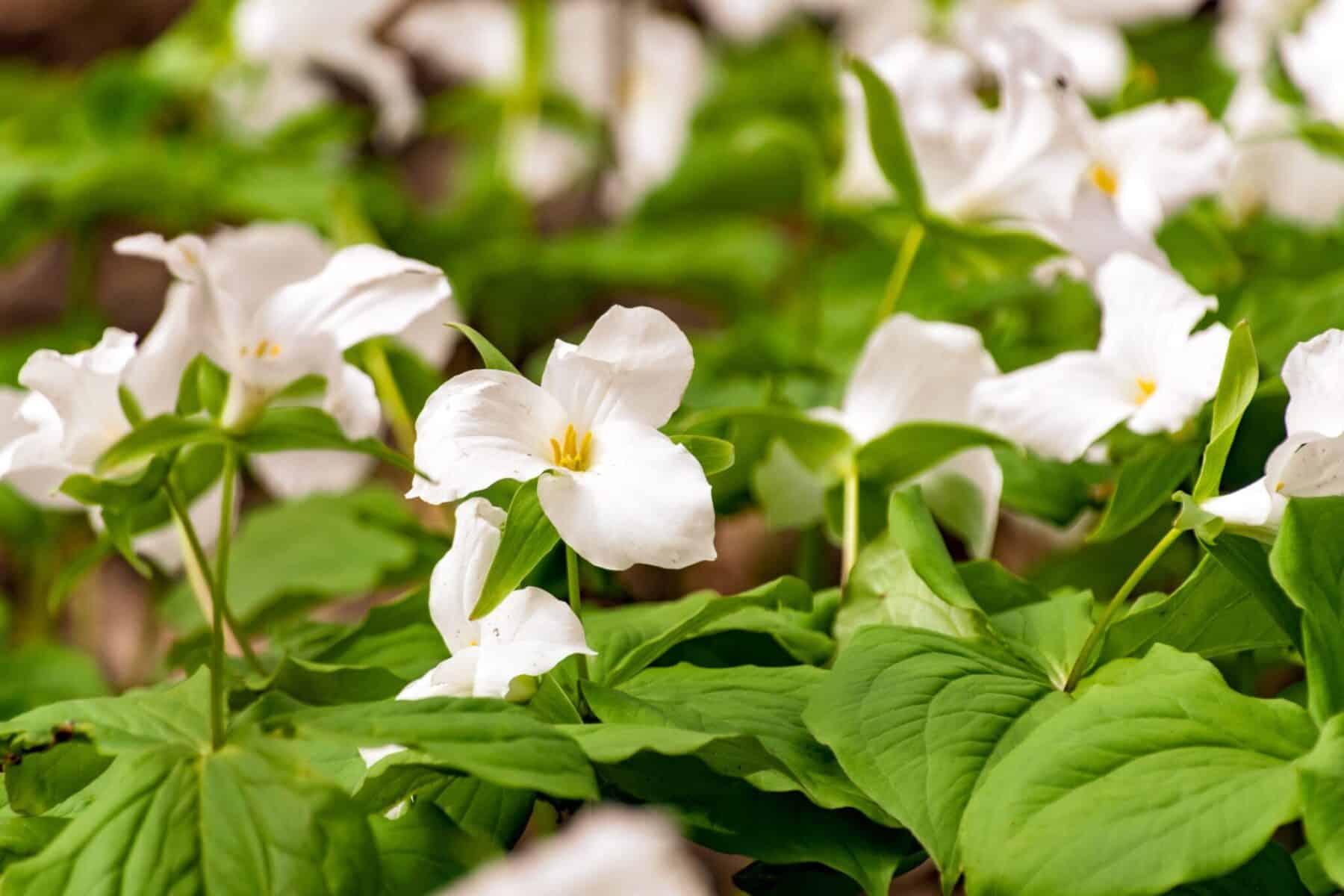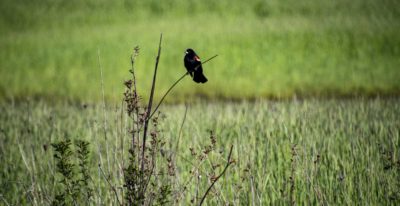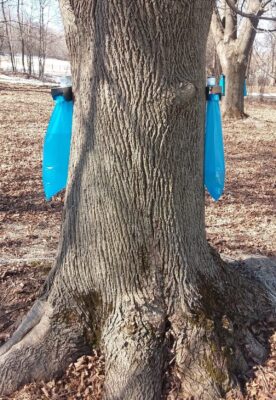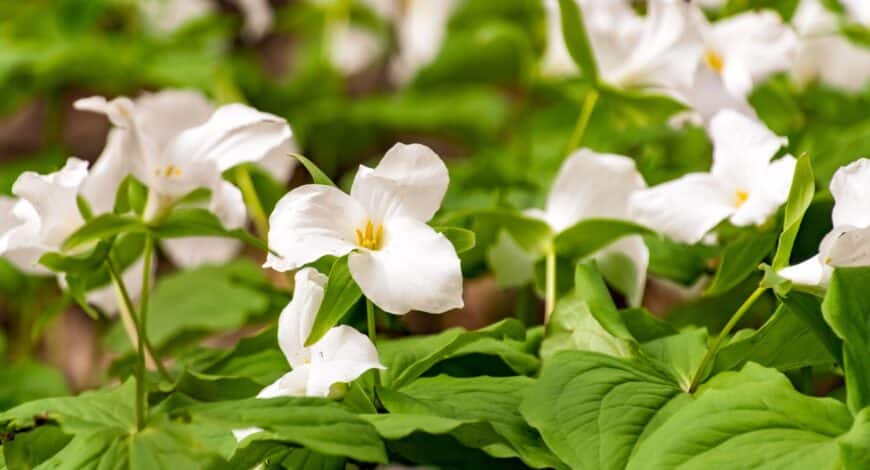
By Krysta Post
At Gwenyn Hill the arrival of Spring is marked by the return of Sandhill Cranes and Red Winged Blackbirds perching on the remains of last year’s prairie blooms. Along Bryn Drive, patches of Mayapple and the ephemeral White Trillium flourish in sunlight before the tree canopy develops overhead. Dormant crops like garlic and rhubarb wake up from their winter rest, poking through the soil with green shoots and unfurling leaves. Spring on the farm is the season of new beginnings, bursting buds, and warmer weather.

Phenology is a way to observe and study nature’s calendar, tracking the ebb and flow of seasonal cycles. We all unconsciously practice phenology in simple ways when we notice emerging snowdrops and celebrate the return of robins in spring or grab an extra sweater as the leaves begin to change colors in the autumn. Phenology can be an effective tool for individuals of all ages and abilities to gain a better understanding of the life cycles of regional plants and animals. In a farming or gardening context, phenological data can inform both planting and crop management strategies that provide delicious produce not only today, but well into the future.
There isn’t one clear moment that truly defines the origin of my own interest in phenology. Perhaps it began as a child watching my great-grandmother’s gnarled hands jot little observation notes in the squares of the co-op wall calendar hanging in the pantry. Perhaps it began after reading A Sand County Almanac: And Sketches Here and There (Leopold,1949) for extra credit in AP Bio. Perhaps it is simply a part of the human condition, a need to constantly learn and understand everything.

As an environmental educator, I was looking for an accessible way to teach “hard science” to my three and four-year-old students. Using the study of phenology with even the littlest of learners was invaluable in creating a meaningful connection to the natural world. Taking the time to really look during outdoor sessions and Garden Lab inspired both student curiosity and their desire to learn—making observations, asking questions, and reflecting on past experiences. Even the smallest observations can have a lasting impact.
Anyone can be a citizen scientist! Nature’s Notebook is a crowd science and professional platform providing a national framework for the submission of long-term phenology observations. The USA-National Phenology Network collaborates with individual observers and organizations across the country to collect, synthesize, store, and share phenology data and models. Phenological data collection has many practical applications from tracking migratory bird populations to timing the planting of your garden. So, if you notice the little things, like the lilac leafing out in your yard or the Spring Beauty emerging from leaf litter, perhaps you’re finding phenology too.
Krysta Post is a Certified Local Phenology Leader and self-proclaimed phenology nerd. She looks forward to seeing how long into November she can wear sandals this year.

